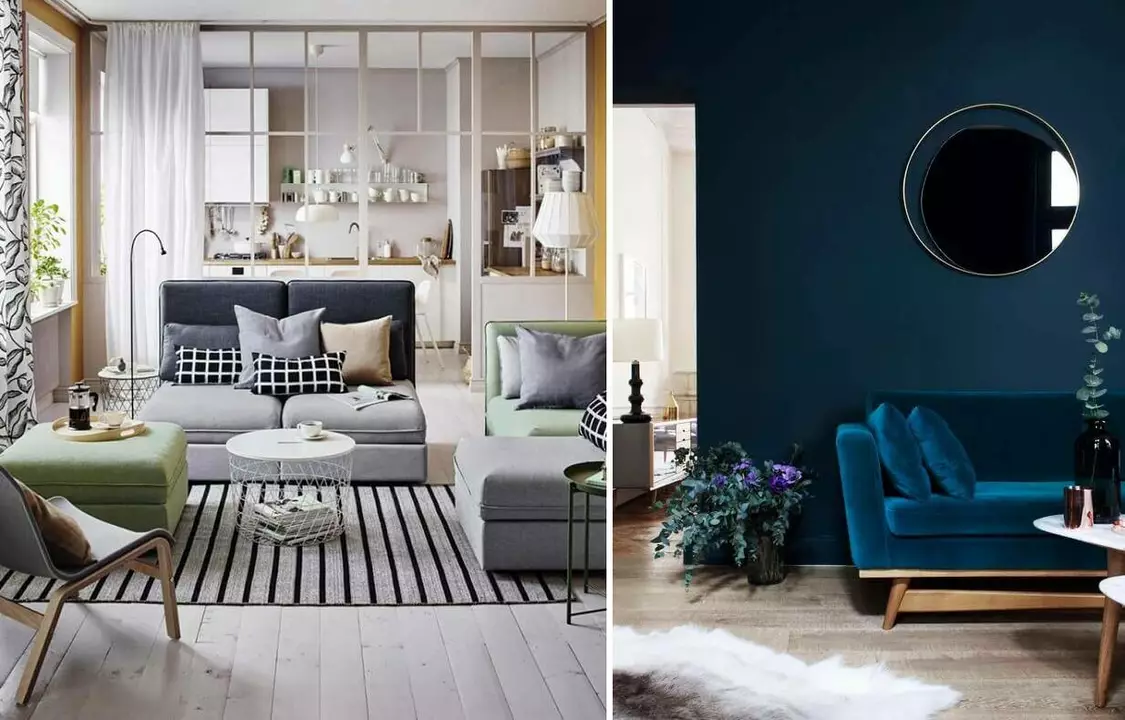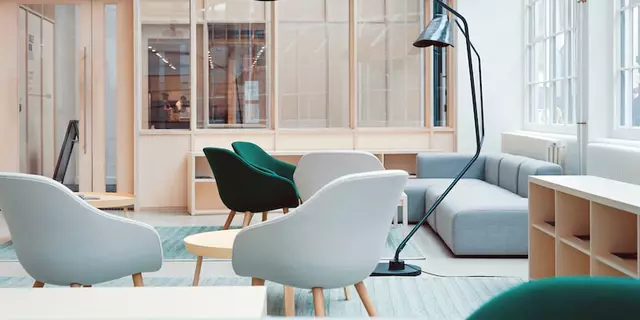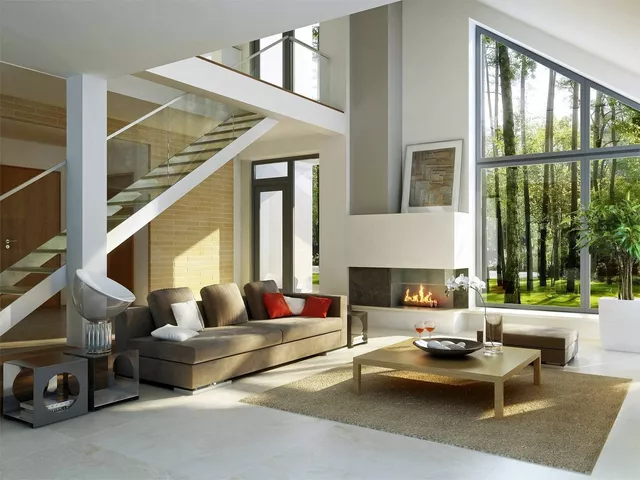What interior design trends do you dislike?

1. Overly Minimalistic Spaces
One interior design trend that has been dominating the scene in recent years is minimalism. While I appreciate the clean lines and uncluttered look of minimalistic spaces, I feel that the trend has been taken to an extreme in some cases. I believe a well-designed space should not only be visually appealing but also functional and comfortable for its occupants.
When minimalism is taken to the extreme, it can result in spaces that feel cold, sterile, and unwelcoming. Additionally, the lack of personal touches can make the space feel impersonal and devoid of character. I think it's essential to find a balance between minimalism and personalization to create a warm and inviting space that still maintains a clutter-free environment.
2. Overuse of Open Shelving
Another trend that I'm not particularly fond of is the overuse of open shelving in kitchens and living spaces. While open shelves can be a great way to display beautiful dishes, glassware, or decorative items, they can also be a magnet for dust and clutter, especially if not well-maintained.
Overusing open shelving can make a space feel disorganized and chaotic, particularly when every surface is filled with items. Additionally, it can create an overwhelming visual clutter that detracts from the overall design of the space. I believe that a mix of open shelving and closed storage can provide the best of both worlds – showcasing beautiful items while still maintaining a sense of order and organization.
3. Barn Doors
While barn doors can add a rustic charm to certain spaces, I think they have become overused and are often incorporated into designs where they don't quite fit. Barn doors can be cumbersome and impractical in some spaces, particularly when there is limited room for the door to slide open and closed.
Furthermore, barn doors can be quite noisy when in use, which can be disruptive in a home setting. I believe that barn doors should be used sparingly and only in spaces where they truly enhance the overall design and functionality of the room.
4. Industrial Design Overload
Industrial design has been making waves in recent years, and while I enjoy the raw, unfinished look it can bring to a space, I think it can be overdone. When every element in a room screams "industrial," it can feel cold and uninviting, rather than edgy and chic.
Instead of going all-in on the industrial look, I believe that incorporating a few key elements, such as exposed brick or metal accents, can create the desired effect without overwhelming the senses. Mixing industrial design elements with softer, warmer materials can create a more balanced and inviting space.
5. All-White Everything
There's no denying that an all-white room can look clean, bright, and spacious. However, when taken to the extreme, an all-white space can feel sterile and devoid of personality. It can also be challenging to maintain, as every speck of dirt or dust becomes instantly visible.
I think that adding pops of color, texture, and pattern can help to bring life and interest to an all-white space while still maintaining the clean and airy feel that many people are drawn to. By incorporating colorful or patterned textiles, artwork, or accessories, you can create a more visually appealing and comfortable environment.
6. Over-the-Top Wallpaper
Wallpaper has made a significant comeback in recent years, and while I appreciate the myriad of beautiful patterns and designs available, I think that some wallpaper choices can be over-the-top and overwhelming. Bold, busy patterns can be visually jarring, particularly when used in small spaces or on every wall in a room.
Instead, I recommend using wallpaper as an accent or in moderation, such as on a single feature wall or in smaller spaces like a powder room. This allows you to make a statement without overwhelming the room or causing visual fatigue.
7. Excessive Use of Metallics
Metallic accents can be a fabulous way to add a touch of glam and sophistication to a space. However, when overused, they can quickly become garish and overwhelming. Too much of a good thing can be a bad thing, and this is especially true when it comes to metallics.
Instead of decking out every surface and accessory in metallic finishes, I recommend using them sparingly and in moderation. Consider incorporating a few key metallic accents, such as a statement light fixture, a decorative mirror, or a few stylish accessories, to add just the right amount of sparkle to your space.
8. Faux Plants and Flowers
While I understand the appeal of faux plants and flowers, particularly for those who lack a green thumb, I can't help but feel that they often detract from the overall design of a space. Many faux plants and flowers can look cheap and artificial, and they don't provide the same benefits as real plants, such as purifying the air and adding a sense of life and vitality to a room.
Instead of relying on faux greenery, I recommend investing in a few low-maintenance real plants that are hardy and easy to care for. Not only will they enhance the look of your space, but they'll also provide numerous health and well-being benefits.
9. Overly Themed Rooms
Last but not least, I'm not a fan of overly themed rooms. While it can be fun to incorporate elements of your favorite hobbies or interests into your space, going overboard with a particular theme can make a room feel gimmicky and overwhelming.
Instead of creating a room that feels like a shrine to a particular theme, I recommend incorporating a few subtle nods to your passion through artwork, decorative accents, or textiles. This way, you can create a space that reflects your unique personality without feeling like you've stepped into a theme park attraction.



